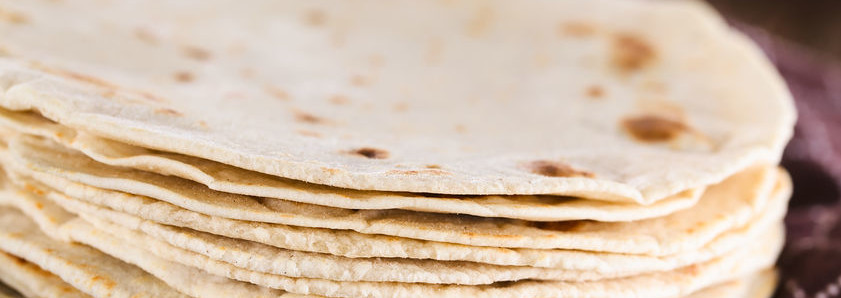
Why it works
Usually acids are known for reducing pH, killing yeast and altering dough properties. But this is where encapsulation comes in. With this technology, sorbic acid is prevented from interacting with ingredients like yeast and gluten protein UNTIL the yeast kill step of 145°F. Then you don’t have to worry about it interfering with loaf volume and you can just enjoy the benefits of sorbic acid which are:
- Extended mold free protection
- Virtually odorless and tasteless
- Works well in fresh or frozen products
Ingredients and Sorbic Acid
The advantage of sorbic acid over other food preservatives, such as propionic or benzoic acid, is that it does not impair the final product’s flavor. This is because less sorbic acid is needed by weight over other preservatives. Sorbic acid, as well as its salts, functions best in products with pH between 4.0 and 7.0.
Sorbic acid has a water solubility of around 0.16g/100 ml, and increases with temperature. Its solubility is higher in ethanol, but slows with added sugar. Sorbic acid inhibits yeasts strains differently, as some strains are more tolerant to its effects than others.
Discover more about sorbic acid and encapsulation.

